Before you spend any time on research and vendor comparisons, do a CRM needs assessment. Here are a few best practices and a checklist to help clarify your CRM goals and assess your existing IT infrastructure and resources.
Jumping straight into a detailed feature comparison is certainly tempting. A better approach, however, is to carefully examine your goals before spending any time on vendor evaluations. After all, how can you know which CRM features are relevant without a proper understanding of your true needs?
One of the best ways to to begin understanding your CRM needs is to set some basic goals:
Primary Goals
At the end of the day, why does your company need a CRM? Achieving 100% user adoption is a necessary objective, but is it the main motivator for adopting a new CRM? Of course not. In the long run, you need a CRM that will help you increase revenue and grow business faster with effective use of data.
If you’re a service-based business, your primary CRM goal may be to elevate customer relationships and deliver projects on time and to specification. If you’re a manufacturer, you may be looking for a better way to organize a rapidly evolving web of production, supplies, distribution, customer, and order data.
Start by clearly defining and documenting your high-level “why,” and everything else will start to fall into place.
Secondary CRM goals
With your primary goals defined, it’s time to identify secondary goals. Secondary goals can come in a wide variety of forms. Some are easily tracked, while others require additional data and investigation.
Get some basic ideas down on paper (you can refine and improve them later). Here are a few examples:
- We want to select and implement a CRM that staff will actually use.
- Our new CRM will become our central source of truth for all business data.
- We need a CRM that will help with sales and marketing alignment.
- We need a CRM that scales and adapts to our rapidly changing business model.
- In the next 90 days, we want to migrate our legacy on-premise CRM to a cloud-based solution.
- Our goal is to achieve a 90% MQL-to-SQL ratio.
As you can see, defining your CRM goals has less to do with features and more to do with outcomes. Develop your primary and secondary CRM goals and use them as a guidepost for all future vendor and feature analysis. You will be amazed at how this simple, yet important act will foster greater alignment among stakeholders.



